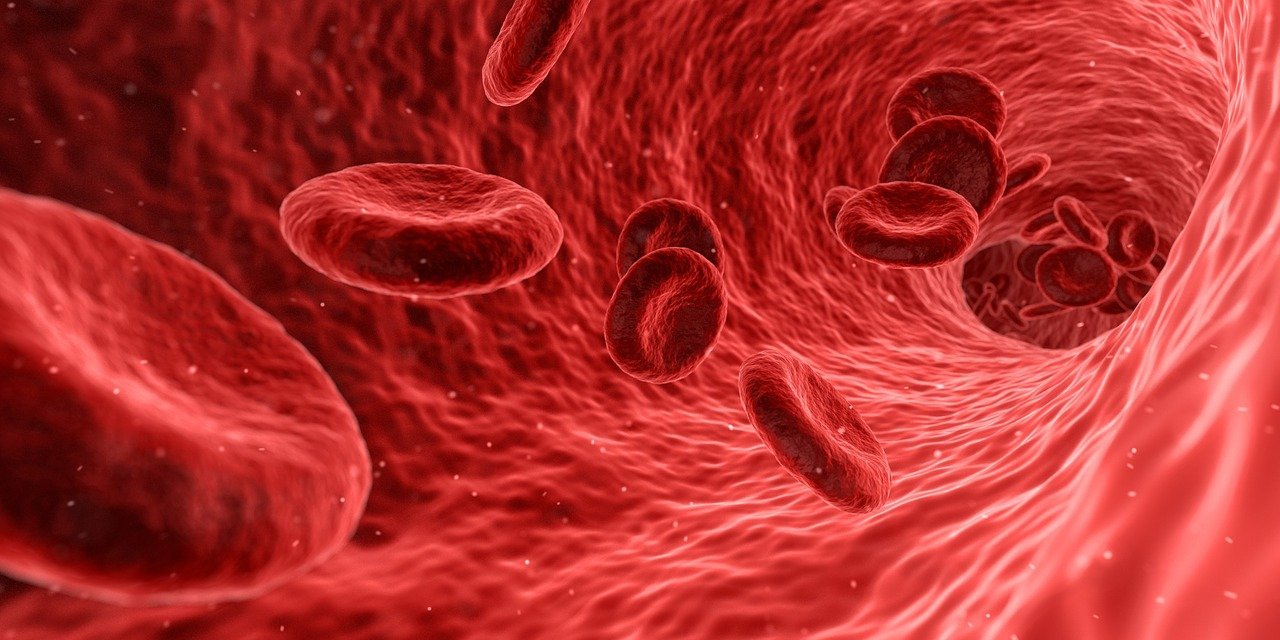While lead has been used in many synthetic products like paint, gasoline, and such, it is actually a natural metal. It is found in the natural world, buried deep in the earth. It even exists around us—in the air, water, soil, and more.
Unfortunately, as you may know, lead isn't the safest metal to work with. Over time, lead can build up in the body, leading to lead poisoning. This results in health problems that can affect even young children.
That being said, if you want to know more about lead and lead poisoning, you're in the right place. We'll talk about the various places lead can be found, the symptoms of lead poisoning, and more.
Places Where Lead Is Found
While the government implemented measures to reduce the use of lead in many of today's products, they can still be found in few things. For instance, lead can be found in pottery, water pipes, paint, batteries, and even candy! Note that some of these products don't contain lead as a main ingredient, like the candy we've talked about. Rather, the raw materials used might be contaminated with lead, and that's where some lead can come from.
Symptoms of Lead Poisoning
Regardless of where the lead came from, the symptoms of lead poisoning will typically be the same. In adults, symptoms include belly pain, high blood pressure, low sperm count, joint pains, mood changes, and memory problems.
Pregnant women can end up with a miscarriage, stillbirth, or even a premature birth due to lead poisoning. With children, symptoms are similar with a few extras, such as nausea, weight loss, loss of appetite, metallic taste in the mouth, and constipation.
Diagnosing and Treating Lead Poisoning
When it comes to diagnosing lead poisoning, a blood test is generally done. Any level of lead found isn't good news, and a blood test will reveal whether this is the case. If a person lives in a lead-lined environment or knows that they've been in contact with lead, such tests are vital to ensure that they weren't overexposed to the metal. More frequent tests may also be critical if the individual is in certain occupations that commonly handle items with lead in them.
That said, a child with 45 mcg/dL (micrograms per deciliter) of lead in their blood will need to be treated. Adults are a little more resilient, where an 80 mcg/dL or higher will require treatment. Keep in mind that even if one has less lead in their blood but is already showing severe symptoms, a visit to the doctor is a must. The treatment procedure for lead poisoning can differ from one person to the other and based on the severity of the poisoning. Less severe cases can get with simple medication, while severe cases will require special attention.
Conclusion
Lead poisoning is a serious problem that, unfortunately, affects many people today. Despite efforts to reduce lead use, the metal still inadvertently finds its way to human contact, whether on purpose or by accident. Regardless, if you have recently been exposed to lead or feel like you have, you must visit the doctor immediately for a blood test.
This way, you can be tested for lead levels in your blood and receive the treatment necessary to eliminate the lead. In doing so, you protect your body from harm, ensuring you stay healthy and happy!
Easy Detox offers heavy metal detoxification solutions in the US to help individuals live a life free from dangerous metals.
Product Recommendation: Advanced TRS Detox



